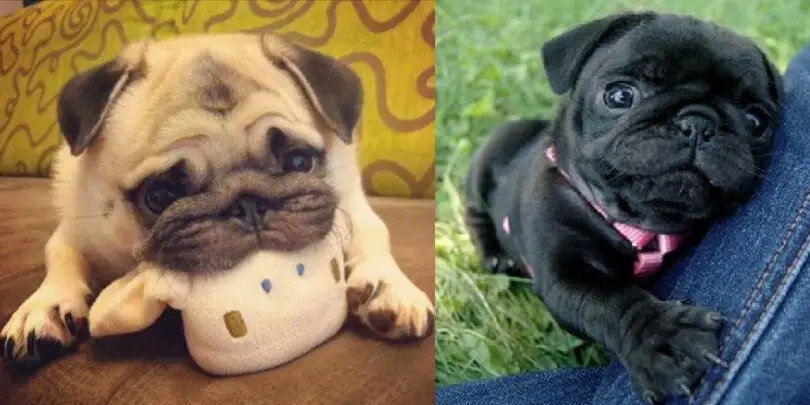Welcome to the world of pug parenthood! Bringing home a pug puppy is an exciting adventure filled with snorts, wiggly tails, and endless charm. To ensure your pug puppy grows into a happy and healthy adult, it’s crucial to understand the essentials of pug care. Join us as we delve into Pug Care 101, a comprehensive guide that covers everything from nutrition to training, grooming, and creating a loving environment for your new furry family member.
- Nutrition Essentials: Providing your pug puppy with a well-balanced and nutritious diet is the foundation of their health. Choose a high-quality puppy food that meets their specific dietary needs, considering their age, size, and activity level. Consult with your veterinarian to establish a feeding schedule and monitor your puppy’s growth and weight.
- Vet Visits and Vaccinations: Regular vet visits are crucial for your pug puppy’s overall health. Begin vaccinations according to the recommended schedule to protect your puppy from common diseases. Discuss preventive care, such as flea and tick control, as well as spaying or neutering options with your veterinarian.
- Training Basics: Training your pug puppy is a key component of their well-being. Start with basic commands like sit, stay, and recall. Use positive reinforcement techniques such as treats and praise to encourage good behavior. Consistency and patience are key when establishing a strong foundation for obedience.
- Socialization Skills: Pugs are social creatures, and early socialization is essential for a well-adjusted adult dog. Introduce your pug puppy to various environments, people, and other animals. Positive interactions during the early months contribute to their confidence and ease in different situations.
- Grooming and Hygiene: Pug puppies have a short double coat that requires regular grooming. Brush your pug’s coat at least once a week to minimize shedding and keep their skin healthy. Clean their ears, trim their nails, and brush their teeth regularly to maintain good hygiene. Introduce grooming as a positive experience to create a lifelong habit.
- Safe and Stimulating Environment: Create a safe and stimulating environment for your pug puppy to thrive. Puppy-proof your home by removing potential hazards and providing appropriate chew toys. Offer a comfortable bed, play area, and a variety of toys to keep them mentally and physically engaged.
- Exercise and Playtime: Pug puppies have bursts of energy and require regular exercise. Engage in interactive play, short walks, and supervised outdoor activities to help burn off excess energy. Be mindful of their flat faces, as pugs are prone to respiratory issues. Avoid strenuous exercise in extreme temperatures.
- Crate Training: Introduce crate training early on to provide your pug puppy with a safe and cozy space. Crate training aids in housebreaking, keeps them secure when you’re away, and can serve as a comfortable retreat. Make the crate a positive and inviting place through positive reinforcement and treats.
- Patience and Love: Above all, raising a happy pug puppy requires patience and love. Pugs thrive on positive interactions, attention, and affection. Be patient during the training process, and shower your pug with love to foster a strong bond that will last a lifetime.
Conclusion:
Pug Care 101 is your roadmap to ensuring a happy and healthy start for your pug puppy. From nutrition and grooming to training and creating a loving environment, these essentials lay the foundation for a lifelong companionship filled with joy, laughter, and the unmistakable charm of your adorable pug. Enjoy the journey of pug parenthood!


Leave a Comment